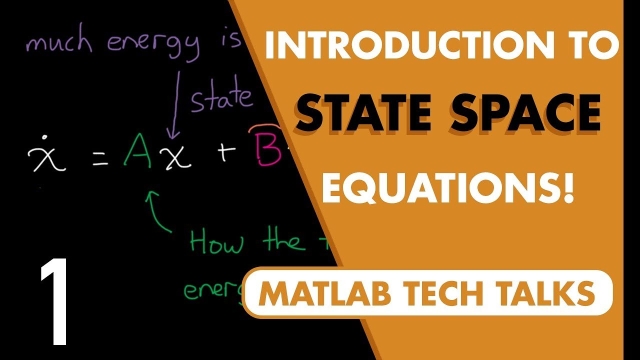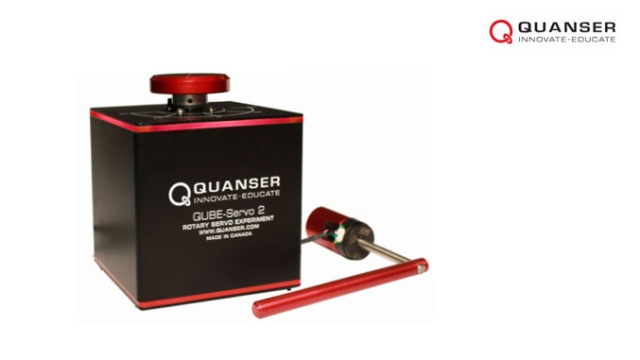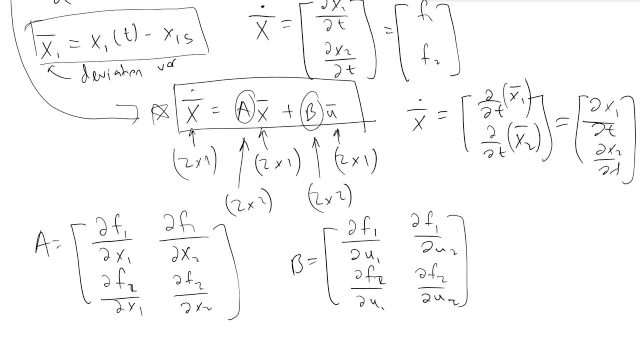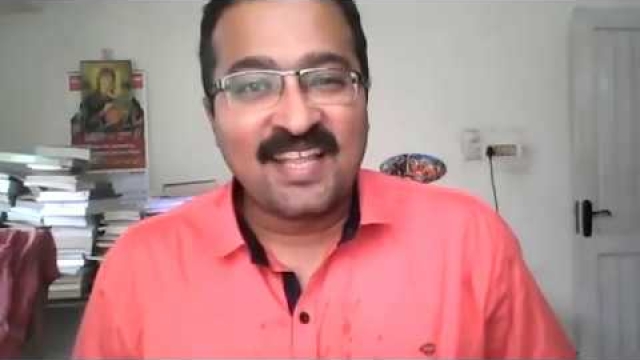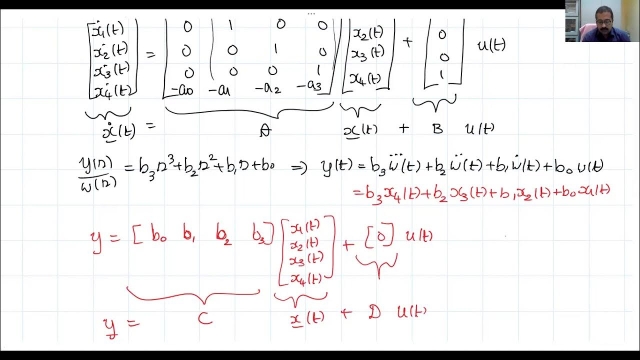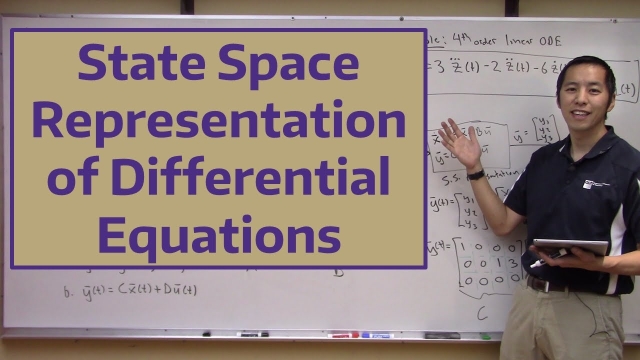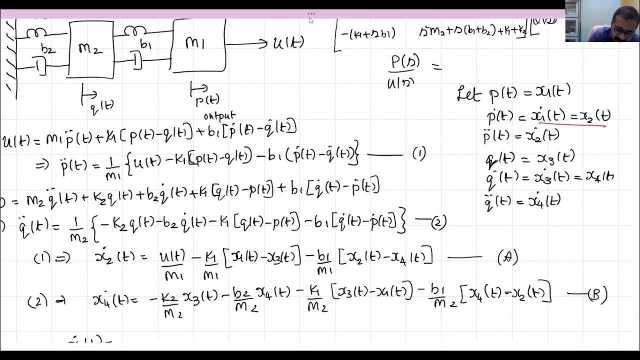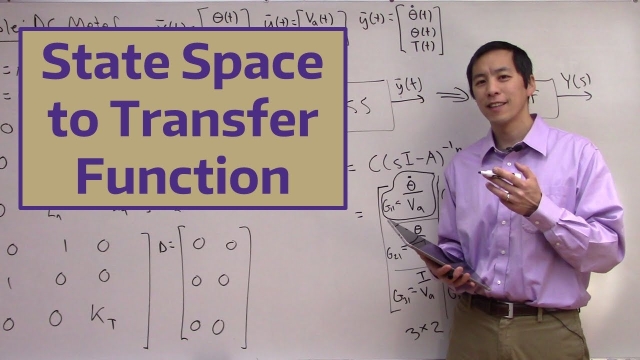In control engineering, a state-space representation is a mathematical model of a physical system as a set of input, output and state variables related by first-order differential equations or difference equations. State variables are variables whose values evolve over time in a way that depends on the values they have at any given time and on the externally imposed values of input variables. Output variables’ values depend on the values of the state variables.
Topic
State Space Representation
This topic includes the following resources and journeys:
Type
Experience
Scope
State Space, Part 1: Introduction to State-Space Equations
Let’s introduce the state-space equations, the model representation of choice for modern control. This video is the first in a series on MIMO control and will provide some intuition around...
See MoreQuanser QUBE-Servo 2: Low-cost Teaching Platform for Controls
The Quanser QUBE-Servo 2 is a fully integrated, modular servomotor lab experiment designed for teaching mechatronics and control concepts at the undergraduate level. Ideal for teaching speed...
See MoreState Space in Process Control
An overview on how we can derive a state space model from a given set of state variables and inputs, as well as an intro to deviation variables. This is part...
See MoreLecture 32: Linearisation and State Space Fundamentals
Lecture 30: Canonical Forms
State Space Representation of Differential Equations
In this video we show how to represent differential equations (either linear or non-linear) in state space form. This is useful as it allows us to combine an...
See MoreLecture 29: State space representation
State Space to Transfer Function
In this video we show how to transform a linear state space representation of a dynamic system to an equivalent transfer function representation. We will de...
See More
